Audi makes the e-tron GT sportier
Although Audi is building the e-tron GT itself at the Böllinger Höfe in Neckarsulm, Germany, and chose to opt for a sporty Gran Turismo, the core technology comes from Porsche: the e-tron GT uses the so-called J1 platform of the electric Taycan.
A few months ago, Porsche fundamentally revised the Taycan and presented improved batteries and drives – the maximum possible charging power increases from an already high 270 kW to up to 320 kW. Audi also speaks of “significant progress in range, performance and charging” with the model update of the e-tron GT. The chassis has also been revised – more on this in a moment.
Let’s have a look at the drive system. Audi will offer three instead of two variants. These are called the Audi S e-tron GT, RS e-tron GT and RS e-tron GT Performance. All three have become more powerful and rely on all-wheel drive with an electric motor on each axle. These are only permanent magnet synchronous motors (PSM). The unit on the front axle delivers 176 kW in the S and RS variants. In the RS e-tron GT Performance, the front axle also has modified power electronics with a revised pulse inverter for even higher discharge currents. A newly developed PSM is used on the rear axle in both RS versions, which also incorporates components from the Premium Platform Electric (PPE) – such as the rotor. The electric motor already has an output of 415 kW but is ten kilograms lighter than before, thanks to the lighter rotor, new stator and improved cooling. The respective system performance and driving data can be found in the following table:
| S e-tron GT | RS e-tron GT | RS e-tron GT Performance | |
|---|---|---|---|
| Drive | AWD | AWD | AWD |
| Performance | 500 kW | 630 kW | 680 kW |
| Acceleration | 3.4s | 2.8 s | 2.5 s |
| Top speed | 245 kph | 250 kph | 250 kph |
| WLTP range | 609 km | * | * |
| Battery | 105 kWh | 105 kWh | 105 kWh |
| Charging capacity DC | 320 kW | 320 kW | 320 kW |
| Charging time DC 10-80% | 18 min | 18 min | 18 min |
| Price | 126,000 euros | 147,500 euros | 160,500 euros |
Audi states that all three derivatives have become more powerful, accelerate better (RS e-tron GT Performance: 0-100 kph in 2.5 seconds) and are more efficient on the road. However, the WLTP range of up to 609 kilometres is not only due to lower consumption, but also to the new battery. Thanks to new cells with improved chemistry and other measures, the gross energy content increases to 105 kWh, of which 97 kWh are usable. Previously, it was 93.4 kWh gross and 84 kWh net.
The basic structure of the battery with the famous “foot garages” for the passengers in the rear seat remains the same: there are 33 modules, each with twelve pouch cells. Not only the content of the cells has been optimised, but also the cooling. Cooling has also been adapted at the module level, including a two-layer cooling plate. “The maximum charging and discharging currents have been further increased to 400 amps thanks to the increased current flow within the individual cells. The modified cell chemistry and the further optimised intelligent predictive thermal management with improved switching of pumps and valves and refined preconditioning ensure that more current can flow during the charging process,” Audi writes.
As a result, the e-tron GT (as well as the Taycan) can charge at 320 kW at peak power; under ideal conditions, it takes 18 minutes to charge from 10 to 80 per cent. In addition to the higher peak charging power, the temperature window has also been extended, meaning the Audi can achieve high performance at lower temperatures. Specifically, Audi mentions 15 degrees and above, further reducing the energy required for thermal management. A 22 kW charger is optionally available for AC charging; 11 kW is possible as an ex-works option.

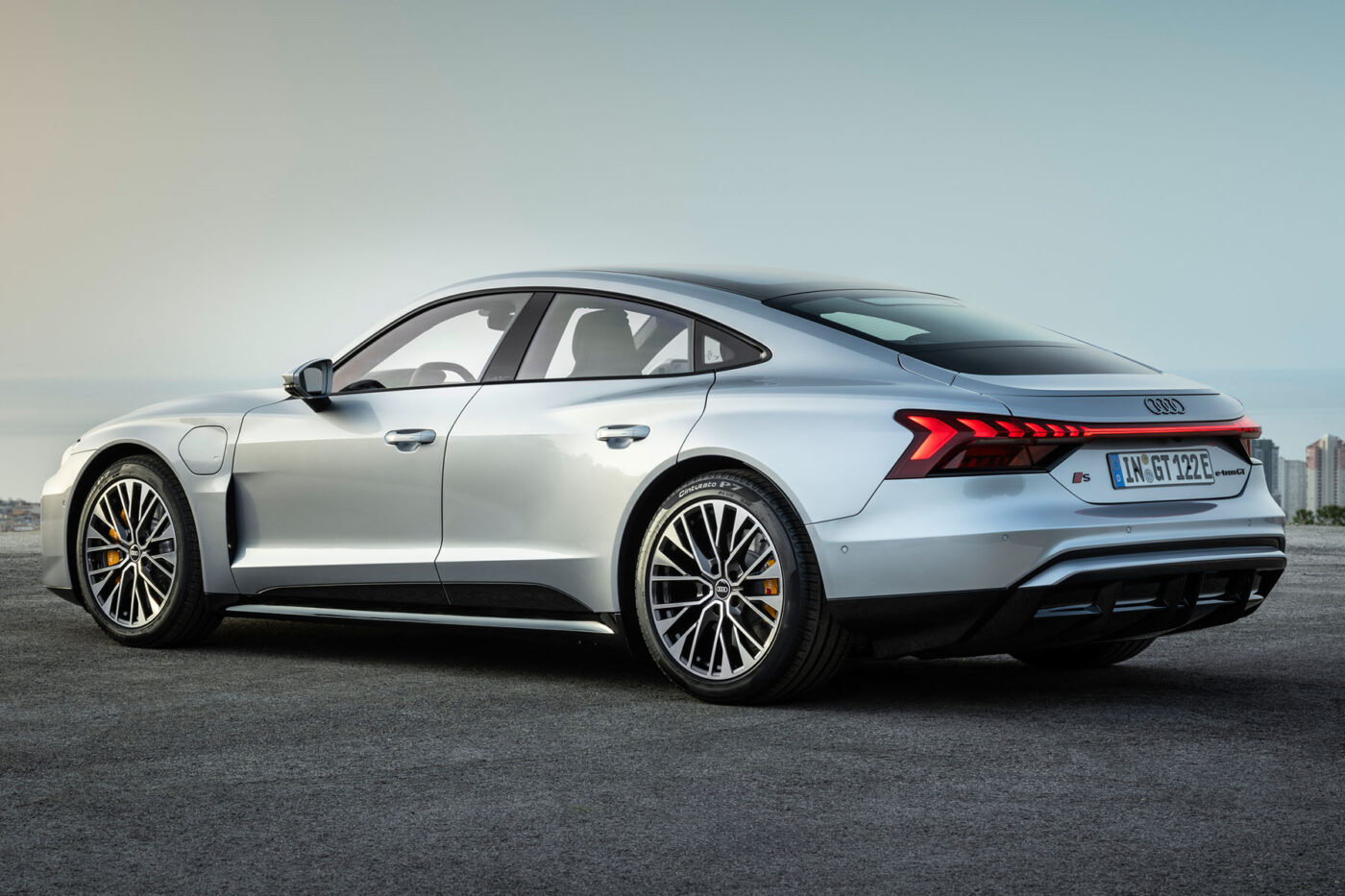
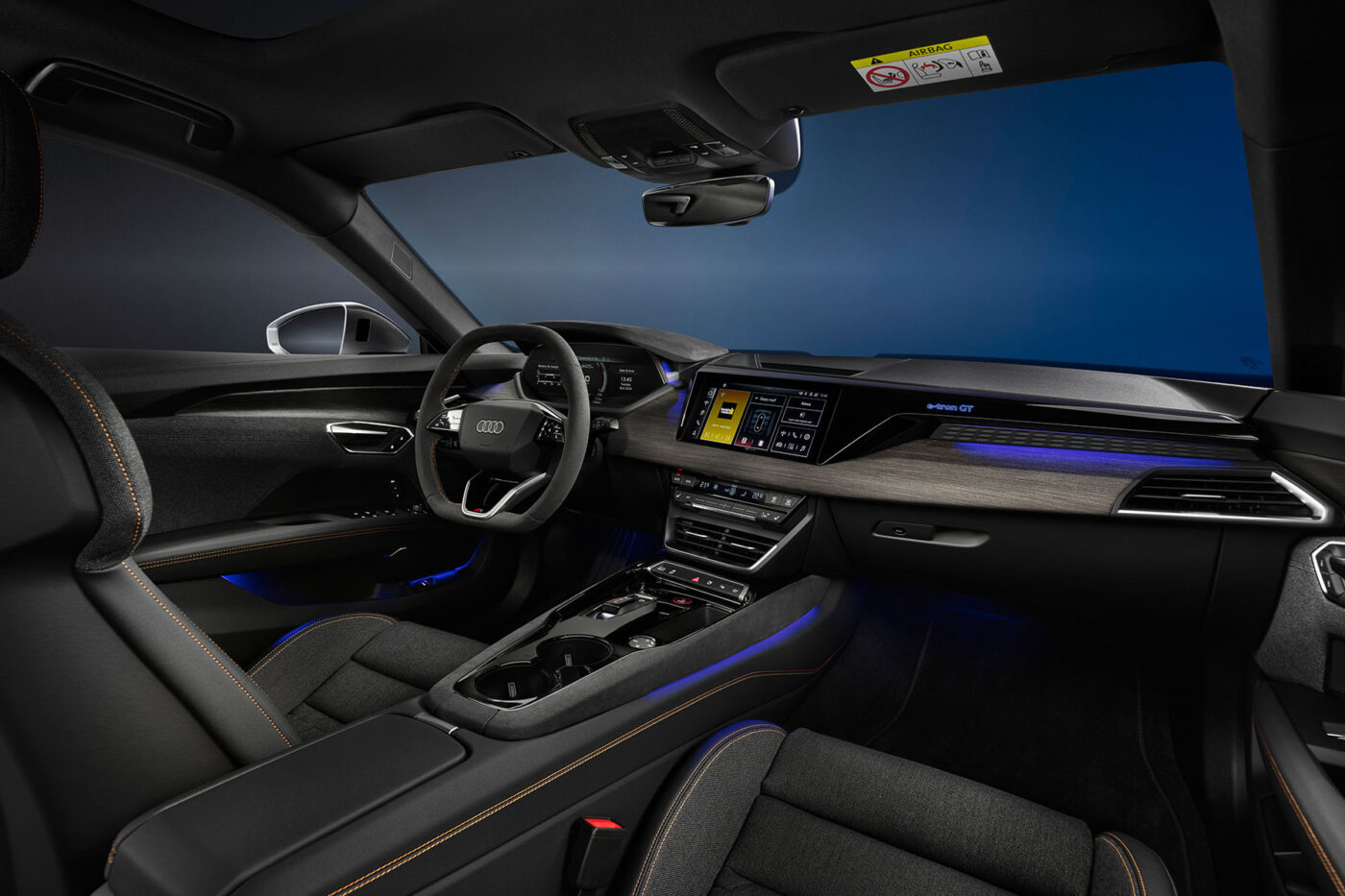

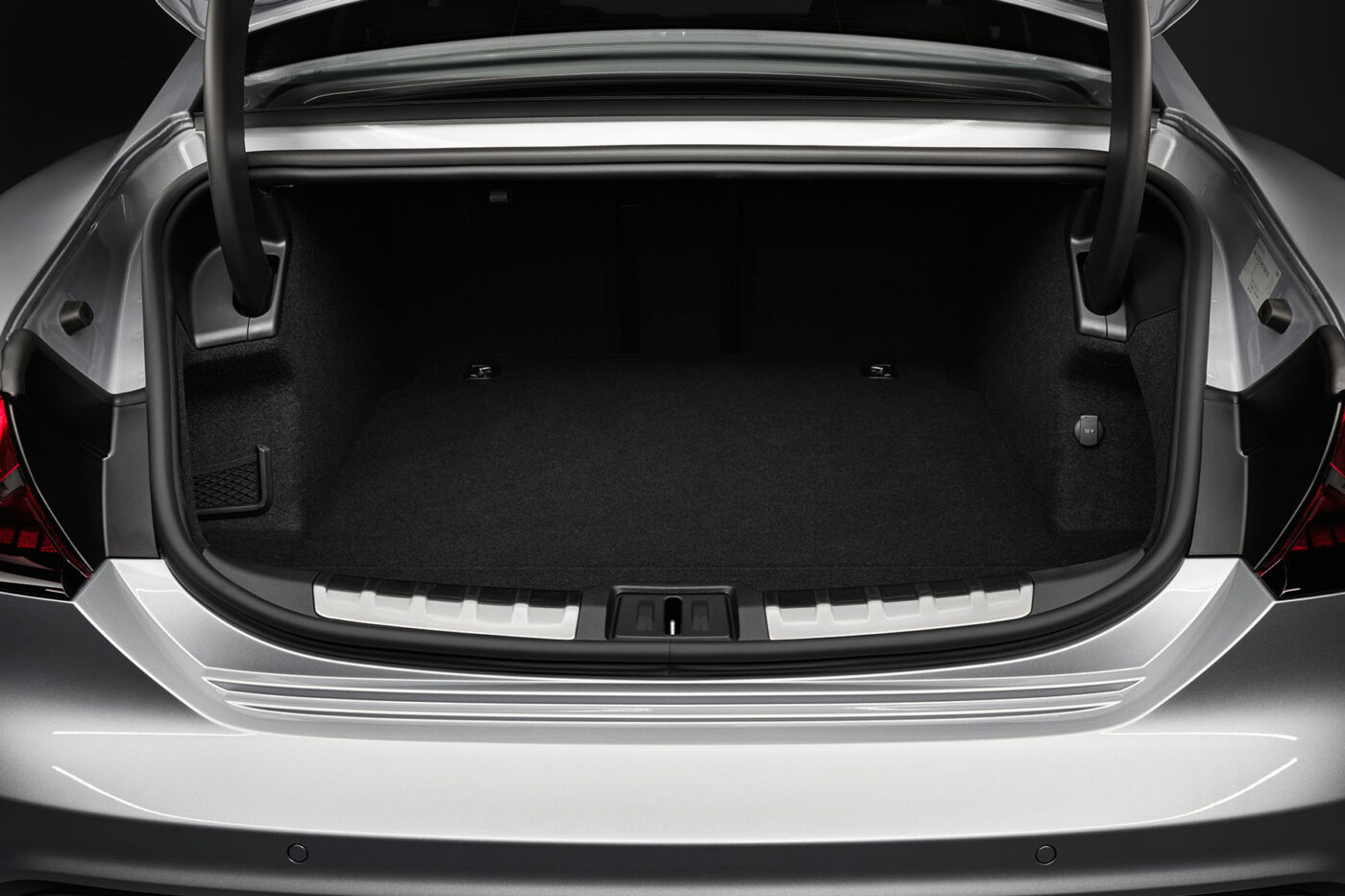

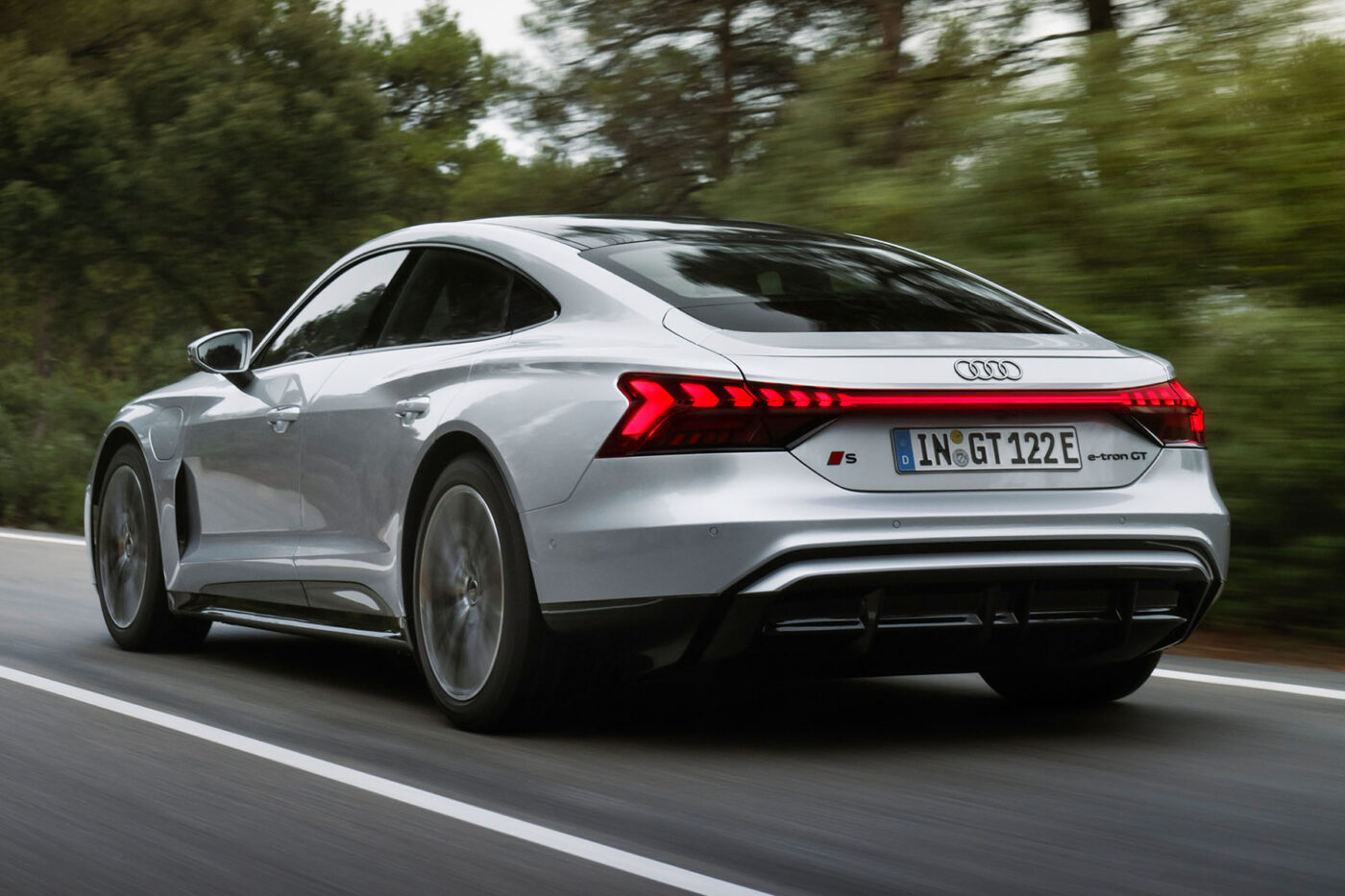



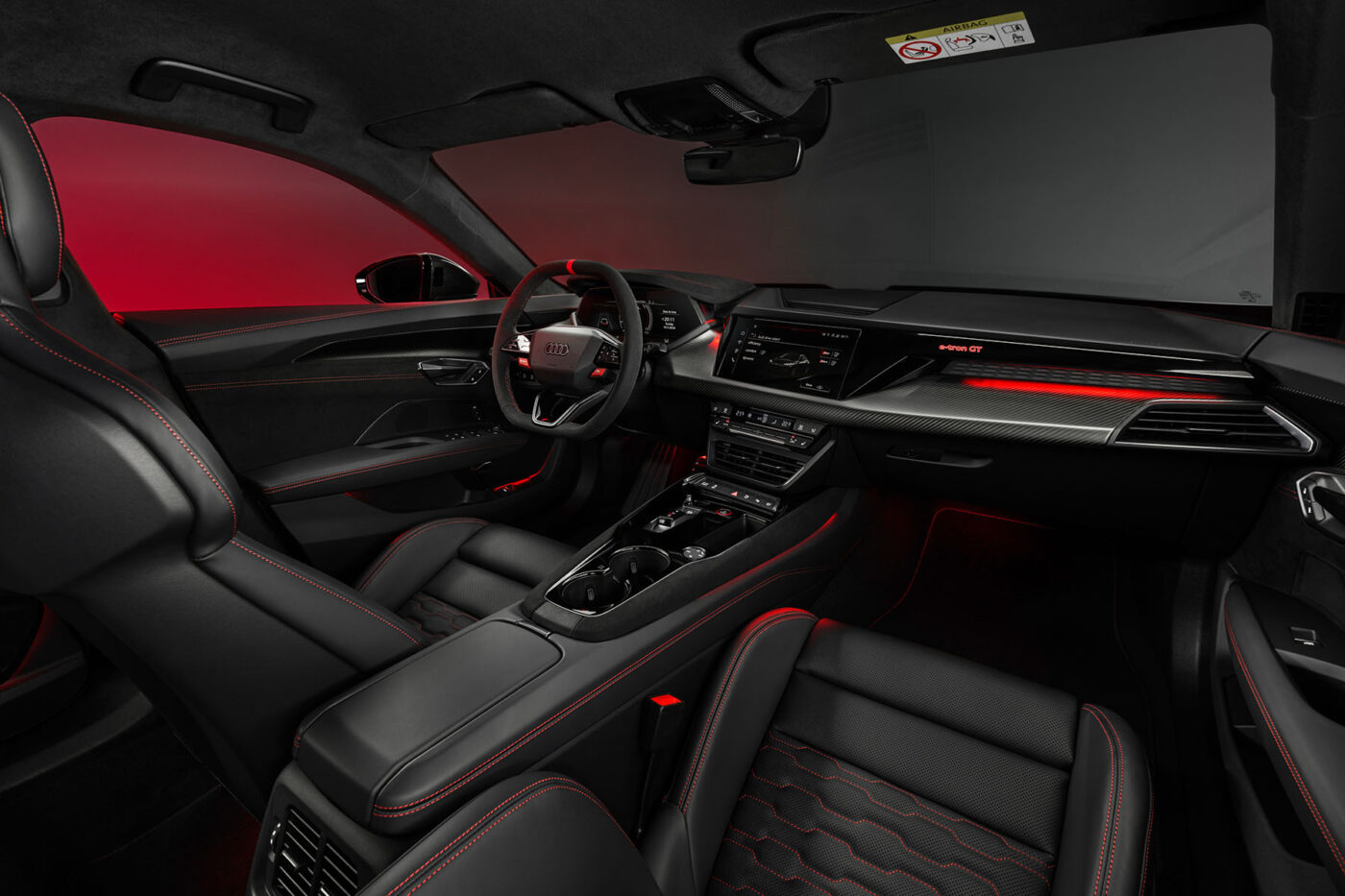


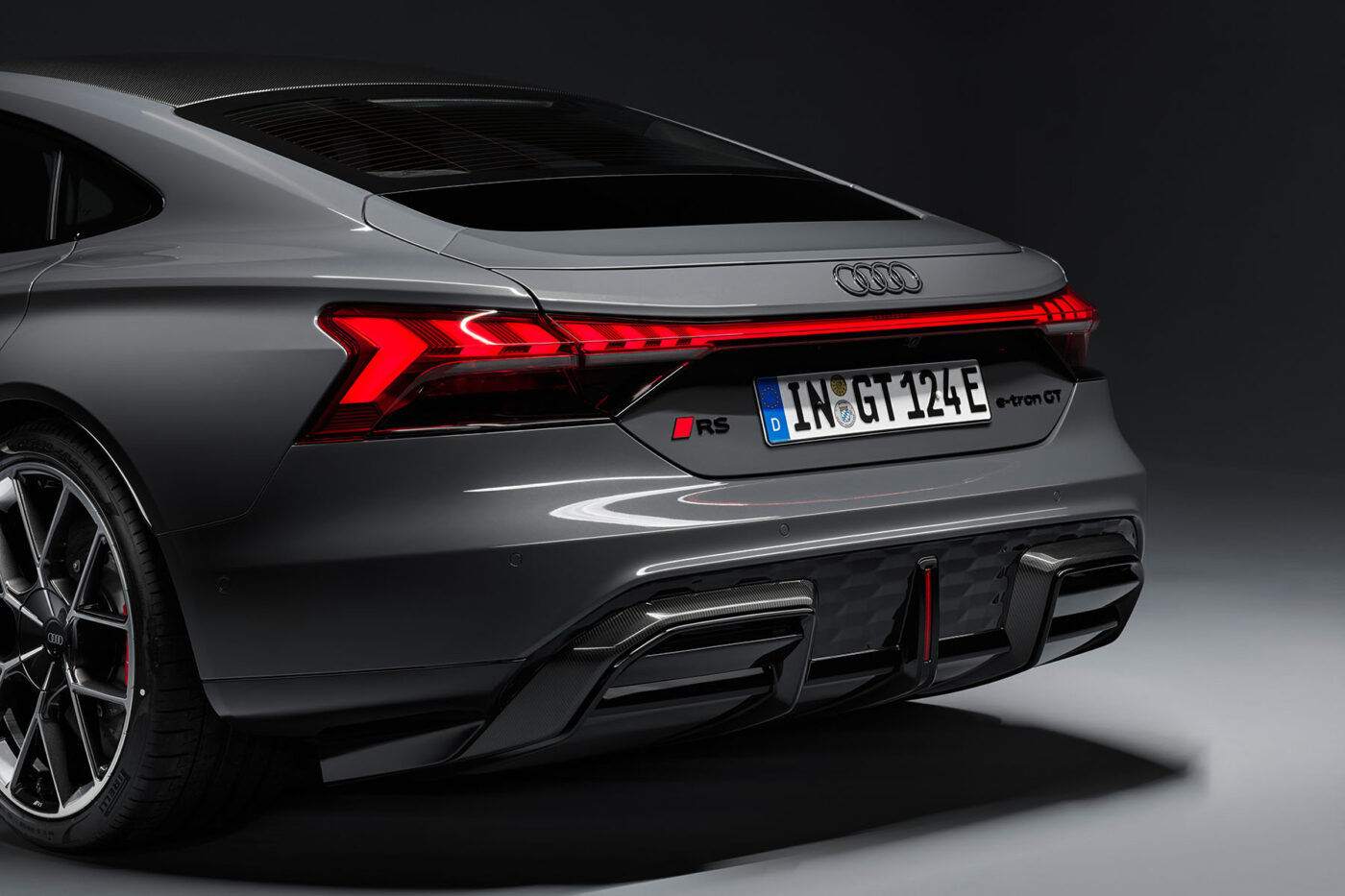



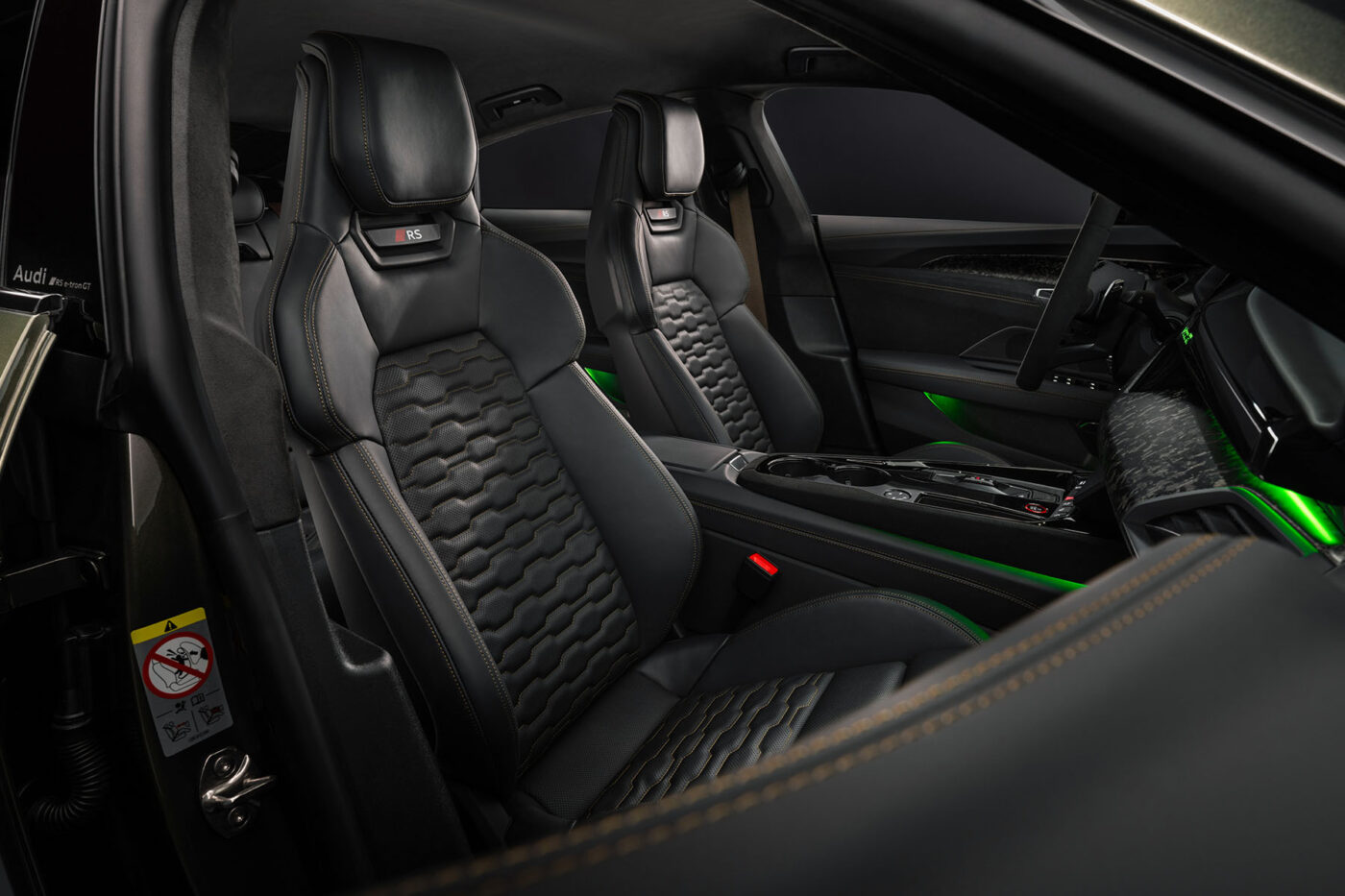
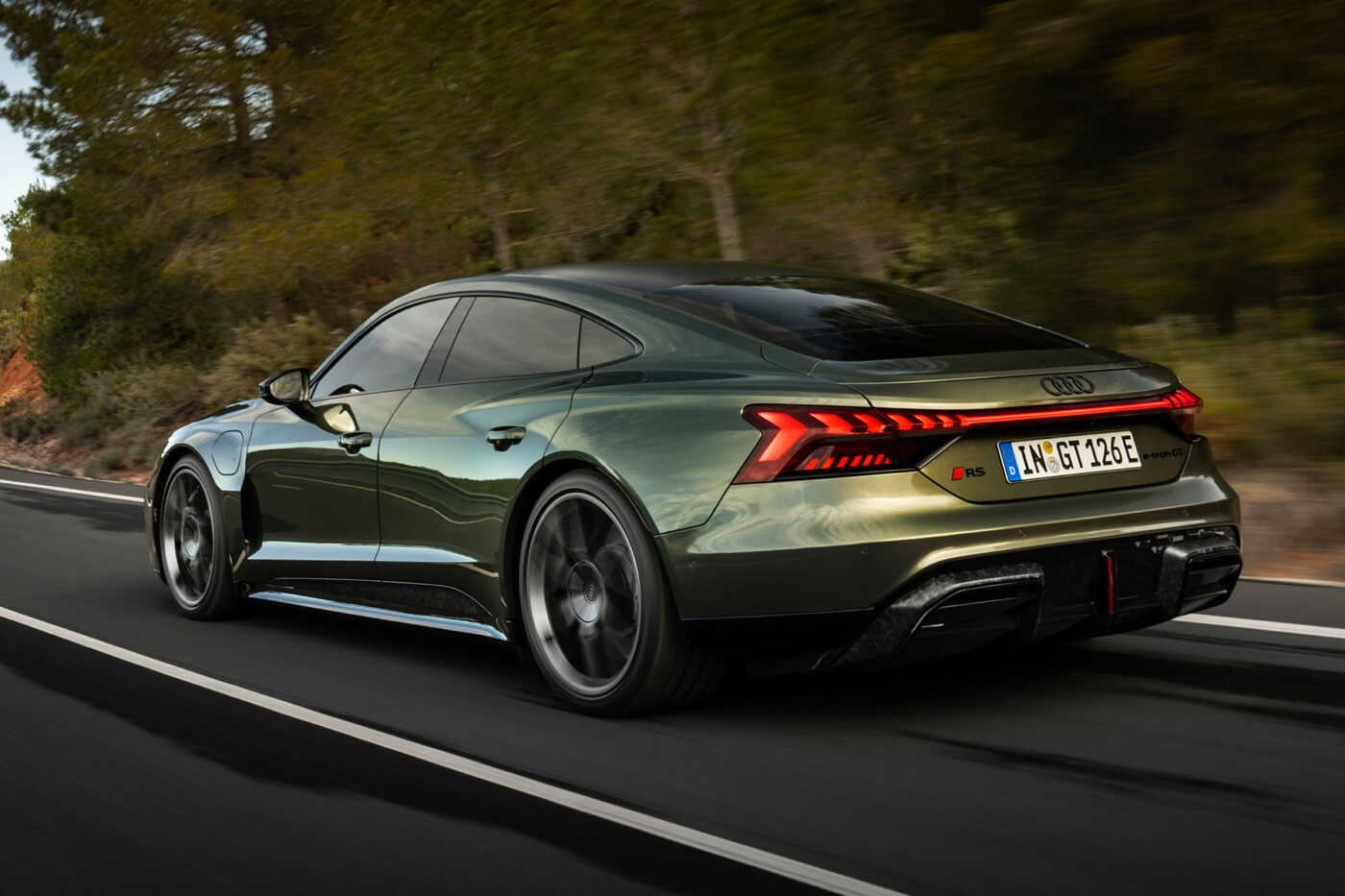
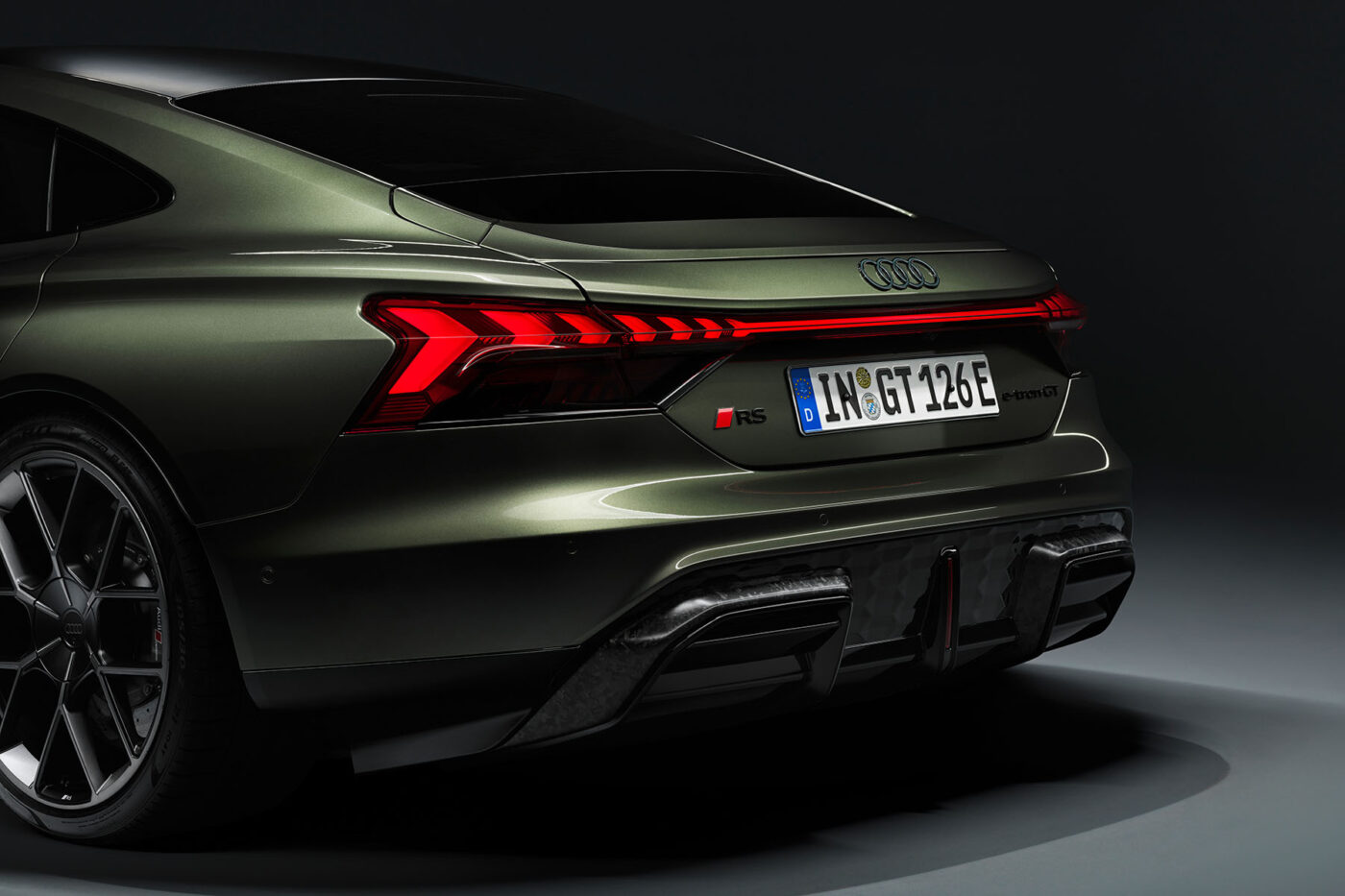
Further developments to the chassis complement the higher output and better driving performance. These are designed to be more variable than before and, according to Audi, will be able to achieve the “optimum balance between ride comfort and driving dynamics.” A new air suspension with two-chamber, two-valve technology is fitted as standard, with which the rebound and compression stages can be precisely regulated. In addition to the three standard driving profiles ‘efficiency,’ ‘comfort,’ and ‘dynamic,’ there is a customisable ‘individual’ mode in the S e-tron GT and the RS1 and RS2 modes in the RS derivatives. Only the performance model has an additional ‘performance’ mode, which is designed for racetracks.
According to Audi, the air suspension can keep the car “almost horizontal” even during dynamic braking, steering and acceleration. “This results in very precise steering behaviour and significantly increases control of the car during sporty driving. In these driving situations, the active suspension ensures an almost perfect connection to the road thanks to a balanced distribution of the wheel loads,” the German company explains. When driving smoothly, on the other hand, bumps will be “almost completely levelled out.” There is also a new brake system with larger brake discs, which are made of steel on the S model and coated with tungsten carbide on the two RS variants.
The facelift can be recognised from the outside by a few design changes – but the e-tron GT remains true to its line. Most of the new features help to differentiate the S and RS better. The S e-tron GT, for example, has a body-coloured paint strip above the single-frame grille. The RS versions have a black mask on the more radically designed front, and the single-frame has the typical RS honeycomb structure, to name just one example. There are further differences at the rear, for instance, in the design of the diffuser.
The new RS e-tron GT Performance has some design features only available in this version. The optional matt carbon roof, in combination with optional elements in “carbon camouflage” on the bumper, door mouldings, parts of the diffuser and exterior mirrors, are only available on the Performance model.
Audi’s new CI has also found its way into the interior: the seats, steering wheel, door sill trims and digital content have been redesigned. Some materials are also new, including fabrics with recycled polyester content. There are also slight differences between the three derivatives regarding the construction of the seats and their design.
The new models in the Audi e-tron GT family are available to order now. Prices for the S e-tron GT start at €126,000, the RS e-tron GT from €147,500 and the RS e-tron GT Performance from €160,500.
Update 7 August 2024
Audi has issued a price list for the e-tron GT in the UK. It also now says how far the variants can go on one charge.
The four-door electric coupe starts at £107,730 and can now be ordered in the UK. First deliveries are scheduled “for later this summer.” That starting price is for the S e-tron GT, one of three variants available. The RS e-tron GT starts at £126,330, while the RS e-tron GT performance has a starting price of £142,830.
At the presentation, Audi only gave a range for the smaller variant. It has a WLTP range of 374 miles. Now Audi also released that detail for the two gibber versions. It says the RS e-tron GT and RS e-tron GT Performance have a range of 365 and 364 miles, respectively. That corresponds to 587.4 and 585.8 kilometres.
Source: Info via email (in German), audi.co.uk (pricing UK)




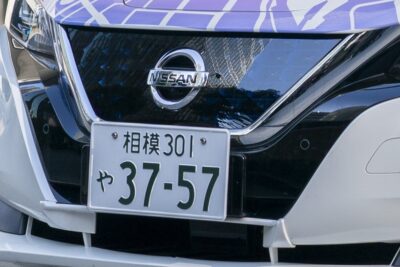
0 Comments